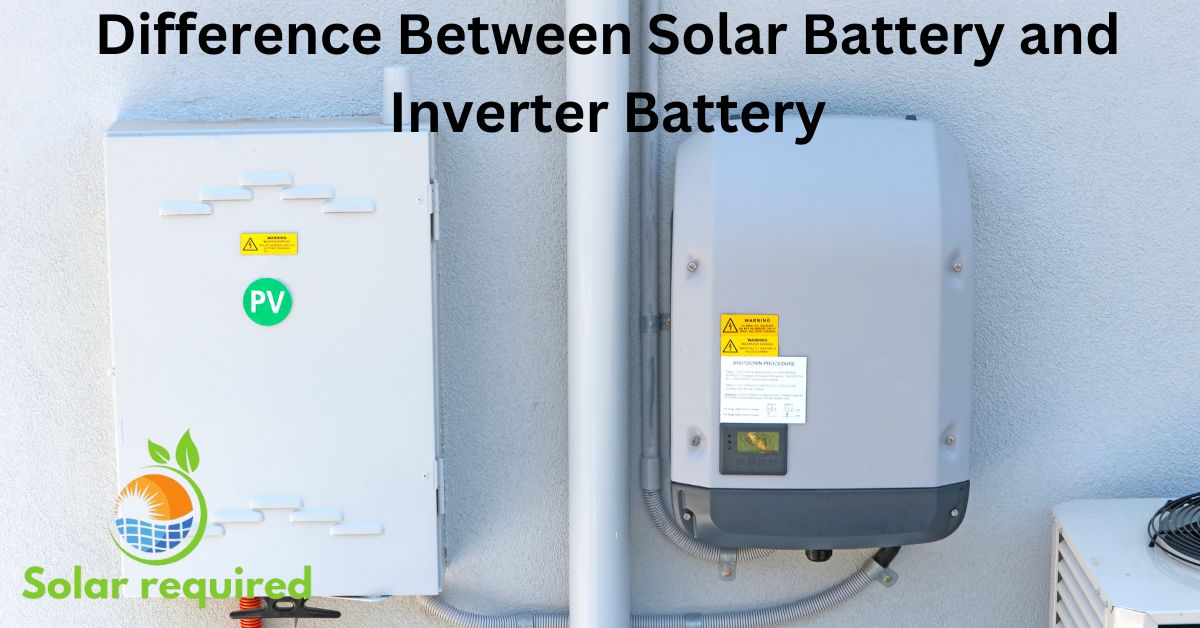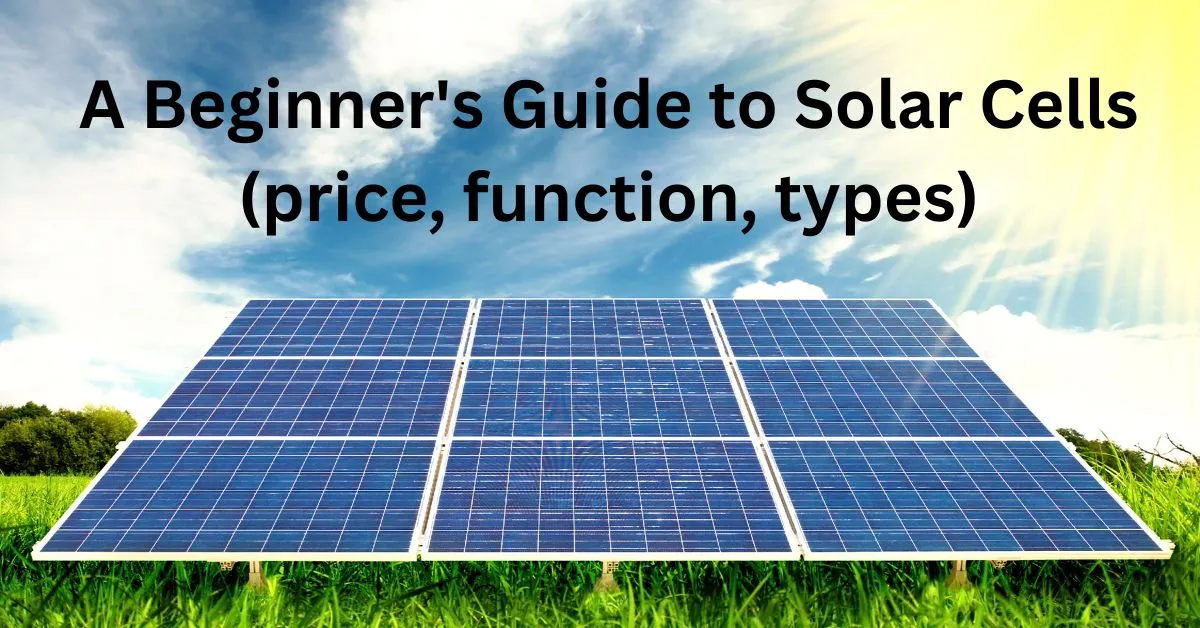An increasingly common and practical form of renewable energy is solar energy. Solar panels’ efficiency and performance depend on various solar panel components. Advances in solar cell technology impact these components. Fingers and busbars are two essential parts. Busbars and fingers in solar cells play a crucial role in efficiency. Different types of solar cells use them to capture solar energy effectively.
What are Busbars in Solar Cells?
Busbars connect external electronics to solar cells. They are electrical conductors. Usually composed of copper or silver because of their high conductivity. Positioning the busbars on the solar cell’s surface optimizes electricity production. The main pathways for electrical current from solar cells are to other parts of the panel system.
What are Fingers in Solar Cells?
Fingers on solar cells are long narrow conductive lines. They’re etched onto the cell surface. They direct solar energy from cells to busbars. People use silver to make fingers because of its superior conductivity. Thin lines reduce surface shadowing on solar cells to maximize solar exposure.
What is Multi Busbar Technology and Module?
Multi Busbar Technology optimizes energy harvest and ensures long-term dependability in solar photovoltaics. MBB modules offer durability, efficiency, and shade resistance. They will shape renewable energy’s future. Experts expect Multi Busbar Technology to drive innovation in the solar industry. The rising demand for clean power will lead to a more sustainable future.
Check: Advantages and Innovations in Thin Film Solar Panels
Busbars and Fingers in Solar Cell Efficiency
The presence of busbars and fingers in solar cells impacts their efficiency. Busbars reduce resistance for efficient electricity transfer from solar cells to circuits. Busbars create low-resistance paths minimizing power losses. This leads to higher energy conversion efficiency.
In a similar vein, fingers are essential for increasing efficiency in solar cells. Place fingers on the cell surface to reduce shadows. This will increase sunlight reaching active areas of the solar cell. Exposing solar panels to more radiation increases energy production and efficiency. Fingers distribute current on the solar cell surface to prevent hotspots.

Types of Busbars and Fingers used in Solar Cells
Solar cells use various types of busbars and fingers each offering unique advantages. The most common types of busbars include:
1. Rectangular Busbars
These busbars have a lot of contact surface with the solar cells because they are wide and flat. Conventional solar cell designs use them.
2. Circular Busbars
Circular busbars are common in solar cells with back-contact architecture. The circular form reduces resistance losses and enhances current dispersion.
3. Numerous Busbars
Solar cells use several busbars to split the current flow into smaller paths. As a result, efficiency rises and resistance falls. Several finger types, such as those employed in solar cells, are like this.
4. Conventional Fingers
These are the common straight-line fingers used in solar cells. They offer an easy-to-use and reasonably priced fix for the existing collection.
5. Interdigitated Fingers
Design interdigitated fingers in a zigzag pattern alternating between positive and negative polarities. This design allows for better current distribution and reduces shading losses.
6. Thin Fingers
Narrow thin fingers which reduce shading losses are narrower than traditional fingers. Reduced width minimizes the area covered by conductive material. This allows more sunlight to reach active regions.

Related: Ring Solar Panel
How do Busbars and Fingers Work in a Solar Cell?
Busbars and fingers collaborate for effective electricity collection and transfer in solar cells. Sunlight striking the solar cell produces an electrical current by releasing electrons. The fingers draw this current from the surface of the solar cell and direct it toward the busbars. The busbars transfer the current from the solar cell.
They do this to the external circuitry. We position busbars and fingers to cut shade on the solar cell. This maximizes sunlight exposure. The fingers direct sunlight to boost energy and reduce shading. The busbars offer a low-resistance path for electrical current. This reduces power losses and boosts efficiency.
Final thoughts
Fingers and busbars are crucial components of solar cells. They affect performance and efficiency. Busbars and fingers collect and transport electricity in solar energy harvesting. They are essential components. Varied shapes and thoughtful positioning maximize energy conversion efficiency. They also reduce power losses. Optimizing busbars and fingers will be crucial for increasing solar panel efficiency. Solar energy is gaining traction.


